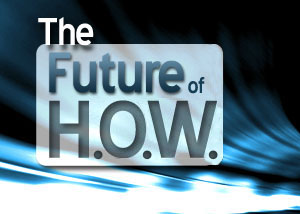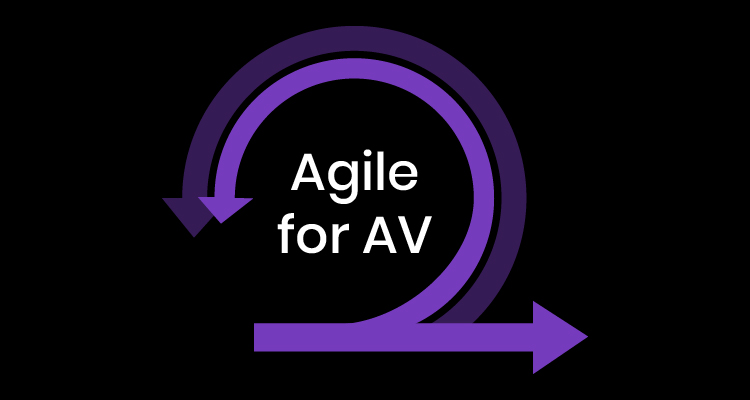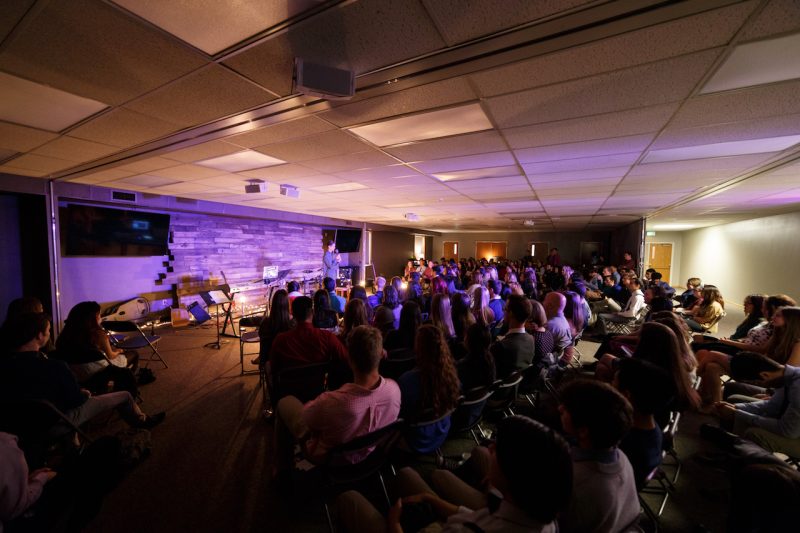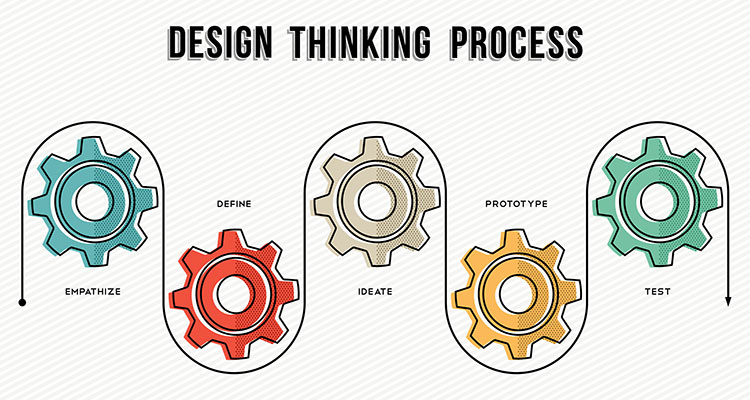Syncing Church Services
By Anthony Coppedge
As the multi-site church movement continues to expand like wildfire, another trend has quietly happened simultaneously, albeit with much less fanfare: multi-venue churches. Whereas the multi-site model has seen the most growth with large, well-funded churches, offering multiple services — or even multiple service styles — simultaneously has gained traction in even medium-sized churches keen on reaching a larger portion of their communities.
In both multi-venue and multi-site, one of the common denominators has been the need to stream, time-shift or otherwise playback the sermon from one venue to other venues. For example, a church with both a contemporary service and a traditional service has historically held those services at different times, but with video playback technology, these two service types can be held in two different venues on the same campus. This example of multi-venue is growing in popularity in churches that have the space (venue and parking) to maximize their volunteer manpower all at one time instead of across multiple services. Childcare, for instance, can accommodate both service types at the same time.
For many churches, this means that multi-venue and multi-site campuses only share the sermon, which can either be streamed live, time-shifted (stutter-starting services) or delivered on a playback device. I’ll explore each of these below, but the bigger future trend is the syncing of more than audio and video from a service and including sharing mixes and lighting queues across venues — all in real time.
The Simple Method: Playback
The easiest way continues to be a recording of one service and playing it back at another service(s). From dark fiber connection between campuses to IP-based file transfers to “sneaker-net” hand delivery of hard drives or video tapes/discs, it’s been possible for some time now. The limitations have been mainly finances for enough equipment and connection availability at the satellite venue. However, the true limitation is the ability to have a service where a recording can take place prior to other, multiple services. As such, playback may work well if a church has a Saturday night service at the main campus for playback on Sunday at other campuses, but it doesn’t allow for simultaneous services.
From a financial standpoint, playback devices are incredibly inexpensive. From an operations standpoint, they’re easy for volunteers to operate. But what happens when a church wants to add redundancy as a back-up measure? This is where the complexity arises, with the need for some rather elaborate measures to synchronize the playback of multiple devices/sources and the necessary routing infrastructure to handle the switchover in case of a technical failure. Sure, it’s doable, but it’s not ideal.
Time Shifting & Syncing
With the proliferation of DVRs in homes, people have gotten used to the idea of time-shifting video. There are myriad options on the market today for a commercial version of this technology and I’m seeing this done a thousand ways to Sunday at churches of nearly all sizes. The problem is, for most volunteer tech arts folks, the hit-or-miss of various solutions makes this more difficult than it should be. Codecs, bitrates and I/O options are above the training level of many church techs. Meanwhile, the mission-critical nature of playing back the sermon isn’t negotiable.
What churches want is the simplicity of a consumer DVR with even easier menu controls for automating as much of this process as possible. Then again, even some of the higher-end solutions don’t offer built-in syncing with multiple playback devices for redundancy, so even solid products are missing the mark for many churches.
Combining two streams is helpful for churches that utilize both a locked-down shot of the pastor (usually a static head-to-toe shot) and a live IMAG (Image Magnification) of close-up shots from a multi-camera switcher. Carrying the video and audio along with it is a nice improvement and I’m hoping to see even more powerful solutions hit the market soon. Of course, this only covers audio and video syncing, but what about whole service syncing? That’s what I think is coming next.
In the present-future, time-shifting options need to make it far easier to capture, program and operate with volunteers in mind. The great inventor Alan Kay sums this idea up beautifully: “Simple things should be simple. Complex things should be possible.”
Live Syncing Everything
Assuming bandwidth is available at both the host location and satellite venues, the opportunity to synchronize services actually exists in the world of video and audio today. From sharing multiple audio channels from various venues to create a shared mix to sending live video shots back and forth are great ways to help a church feel like one church instead of many different churches. The technology exists, but it is not simple and it’s quite expensive, not to mention the amount of coordination required at each venue from the tech team.
I actually know of several churches that sync start their services (off of a master clock) and even share SMPTE time code and MIDI channels to keep the band, singers and tech teams in sync. Sending a video from each campus into a matrix allows for each venue to show the other venue(s) and potentially increase audience participation. There’s even one church I know that does this with three satellite locations and often intermixes the singers for harmony and the band for a bigger mix between campuses. Extremely tight comm channels are shared through the dark fiber connection, in essence making it a super mix.
While I’m not sure that’s going to be a trend at all, what I do see as a future trend is the concept of sending commands from the main campus to help drive the technology at the other venues and campuses. Imagine the possibility of building lighting cue stacks for each venue ahead of time and sending trigger commands for master changes (perhaps only between songs) that allow for seamless transitions for lighting, video and audio — all at the same time!
With many churches using their main tech paid staff at the main campus and less at other venues and campuses, the concept is attractive in helping coordinate a higher level of complexity with volunteers. What I envision is the whole-service automation, at least at some level, across multiple campuses. What would it look like for lighting manufacturers to have multiple universes of lighting at many locations and automate control from one location while giving tweaking control through interconnected control surfaces






